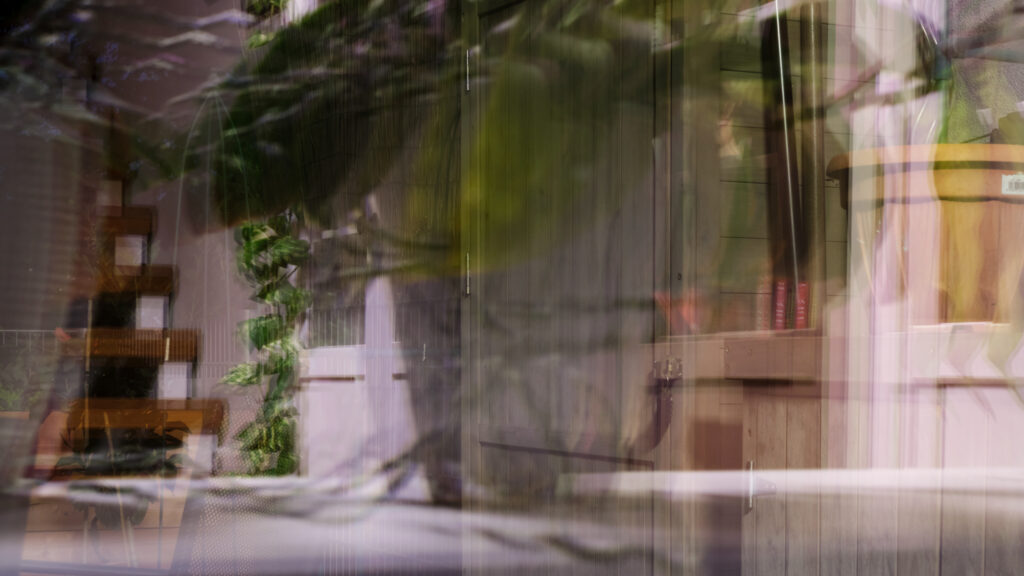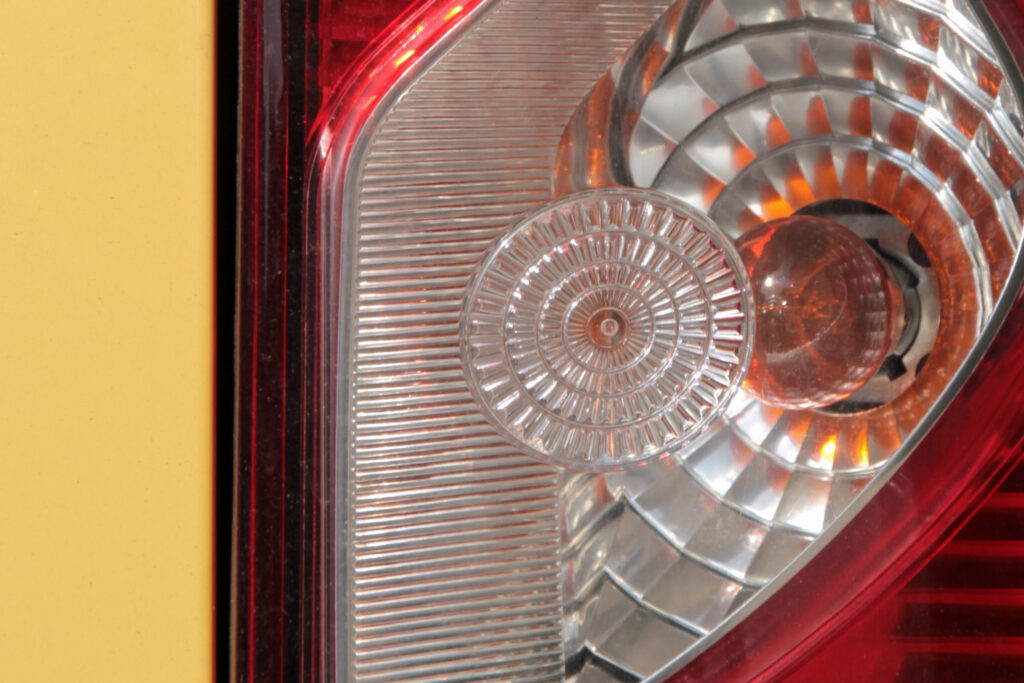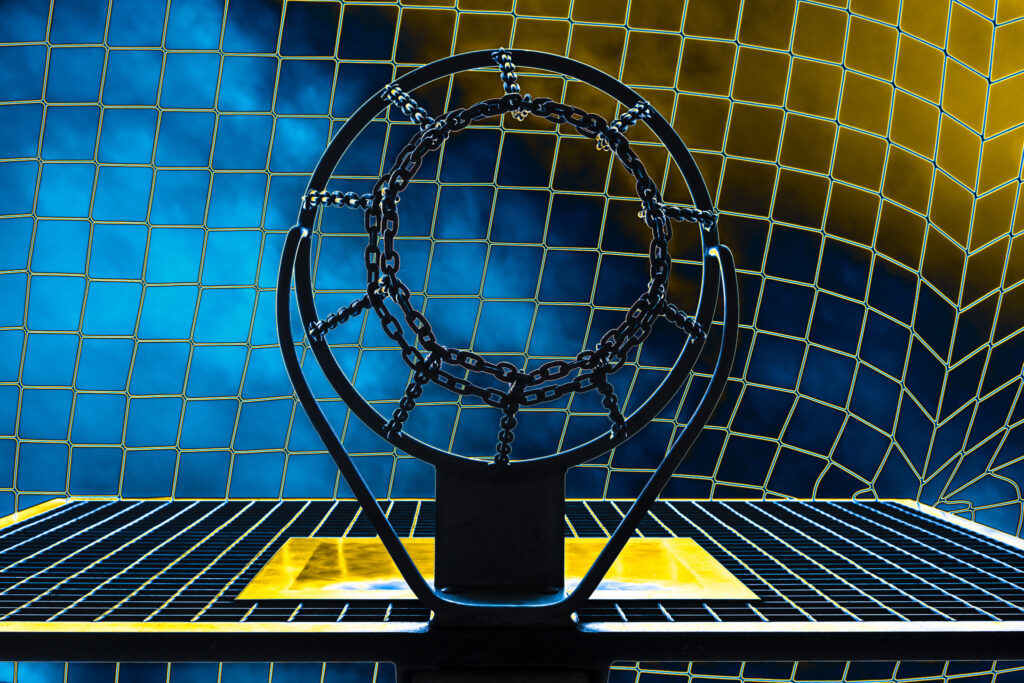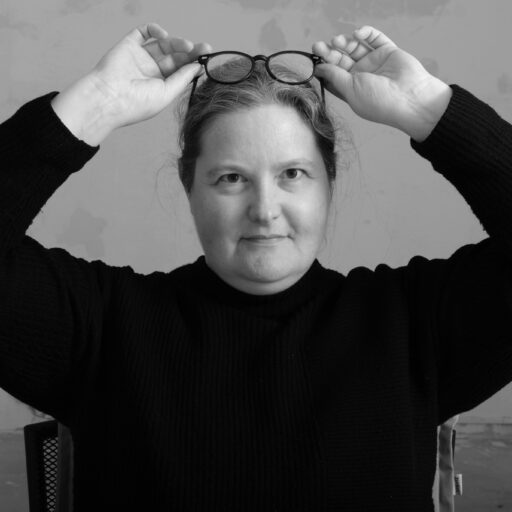“In metaphorical terms, the photograph is seen either as a mirror — a romantic expression of the photographer’s sensibility as it projects itself on the things and sights of this world; or as a window — through which the exterior world is explored in all its presence and reality.”
Szarkowski, 1978: 2
I find Szarowski’s ideas of “mirror” and “window” in photography somewhat useful, however I do not see this as a dichotomy, an either/or. Glazed windows not only let light through, they reflect it. A visual effect I and many other photographers, such as Vivian Maier, have taken advantage of.

In a literal sense, windows do not show the whole of a view, they are selective by nature, framing a certain section of the vista depending on where the observer is standing. In photography, the selection of what is recorded on film, plate or sensor is due to the conscious or unconscious subjective decision of the photographer, so using “window” as an analogy for “objective” seems limiting. Similarly, a reflection in a mirror or window need not contain the literal reflection of the photographer, and the choice could be made by the photographer to use a mirror to enable the capture of an otherwise undisturbed subject. I do not believe that there can truly be any completely objective, not-influenced-by-the-maker photographic image, and so for me, the “mirror” analogy wins out to a greater or lesser extent depending on the photograph.
One could also argue, as Bourdieu does throughout his book Photography. A Middle-brow Art (1990), that the values, aesthetics and vision reflected in a photograph are not purely those of the individual photographer but also those of the class, profession, society, culture, group and/or time of which they are part, resulting from a conscious or unconscious desire to conform to social norms.
Most of my work to date has been in the “window” vein (or at least not intentionally in the “mirror” vein), with an intention to document something as-is, perhaps something never-quite-seen-like-that, which I wished to document for posterity, for my own purposes or to share with others. These beginnings as a naïve photographer, documenting “pretty things” as one photography coach I encountered during my training at LIK Akademie Vienna put it, still continue to an extent; it’s a habit that is hard to break while travelling for example. Much of the urge to take photos while I’m on holiday, stems from a wish to document something “nice” I’ve seen, to remember it as it was in the moment and show it off to friends and family when I get home. It’s akin to the “topographic” photography of William England, Francis Frith or other 19th century photographers in a much milder form, with no commercial or anthropological intent behind it. In the first chapter of the the above-mentioned book, Bourdieu notes that this kind of holiday photography stems from a societal norm and need to celebrate the high points of family life by recording them.
I first became consciously aware of the influences my choices make on the scene I’m capturing shortly after attending my first photography workshops, in a time when I was doing a lot of group photowalks. Though we were all walking together to document the same geographic area – ranging from a few steets to a whole city – it was obvious when sitting down and comparing photographs over coffee afterwards that each of us had a different take on the same subject matter. Some would concentrate heavily on the architecture, others on the people on the street, and I was the capturer of detail – door handles, car headlamps, street signs, sole objects on a market stand. At that point in time, most of the individual personality I brought into a photograph was in the selection and the framing of the subject matter, choosing which window to look through. My work was that of a distant but focused observer. A family member commented that my photographs rarely contained people which might have otherwise brought emotion to the scene.

As my practice and post-processing capabilities progressed, I also brought more of myself into my work through aesthetic choices, primarily in colour, light and contrast as I “developed” the photos digitally. Starting with a module in experimental photography at LIK, my practice has sometimes become more reflective, more conciously a mirror. One experiment involved colour inversion in post-processing, an idea I stumbled over while fiddling with the graduation curve, but on discovering the effect developed deliberately. Due to a visual impairment, I often use the “invert colours” accesibility option on a computer or phone in order to read text more fluidly, however this renders any images in the document or article I’m looking at as a negative. Negatives are a large part of my visual world as a result, and I brought this into some of my images, in a attempt to reflect my personal experience of the world. Bringing this aspect of myself into my work won me two accolades.


One photo was picked as part of an exhibition to accompany a series of concerts in the outdoor space it had been take in, another won the gold medal in the student section of the VIEpa Vienna photography awards in 2022. This second photo, as a self portrait, is an obvious though not literal reflection on myself. The choice to show myself in two different poses, from the front and from the side, was deliberate, and the partially inverted edit was intended to highlight that you might see me (or any other person) differently if you look at me (them) from a different angle – both literally and figuratively.
One might think that these successes would encourage me to bring more of myself into my work, and yet I am shy about doing so, still preferring to observe mostly from a distance. Perhaps that is something that will change in the course of my studies.
Besides Szarkowski’s Mirrors and Windows, one other analogy comes to mind, that of the camera as a gun, photography as a predatory act, as described by Susan Sontag in “On Photography” (2008). The gun analogy stems perhaps from some words used in photography – both guns and (analog) cameras are loaded before use. Both are aimed at their target. And we “shoot” a picture. Sontag expands on the idea:
“The camera/gun does not kill, so the ominous metaphor seems to be all bluff—like a man’s fantasy of having a gun, knife, or tool between his legs. Still, there is something predatory in the act of taking a picture. To photograph people is to violate them, by seeing them as they never see themselves, by having knowledge of them they can never have; it turns people into objects that can be symbolically possessed. Just as the camera is a sublimation of the gun, to photograph someone is a sublimated murder—a soft murder, appropriate to a sad, frightened time.”
Sontag, S. 2008
Her argument for this metaphor stems from seeing the gaze of the observing photographer as an objectifying, violating act. I struggle to believe that this is always the case, especially when photographer and subject/model collaborate to create an image, however Sontag extends the metaphor even to the self-portrait. In a detailed response, Neil Evernden (1985) has pointed out that Sontag herself quotes a number of photographers in her essay who do not seem to agree with this viewpoint. The discussion is long and involved and has no space here.
One of my motivations in photography remains the same: to record things for posterity, and although these days I am tired of typical holiday and city trip snaps, I do still feel the urge to record details in things that others may not notice and record the “pretty pictures” I enjoy. In an extension of this, I often use photography as a magnifying glass, both in the literal and figurative sense. On the one hand to bring people’s attention to details, or perhaps to broader issues or topics. On the other simply to allow me to later look back on a scene in detail I missed at the scene when blinded by bright light and glare. My hope for the course at Falmouth, is that I will become better able to bring broader issues and topics to people’s attention, moving away from purely documentary window-type photography and introducing more reflective, subjective, interpretive aspects into my photography. I also aim to move from focusing on single images towards series and bodies of work with a cohesive theme, subject and aesthetic.
References:
SZARKOWSKI, J (1978). Press release for Mirrors and Windows: American Photography since 1960, July 1978. New York: MoMA.
BOURDIEU, P (1990). Photography. A Middle-brow Art. Cambridge: Polity Press.
SONTAG, S (2008), On Photography. London: Penguin Classics. Kindle Edition.
EVERNDEN, N (1985). “SEEING AND BEING SEEN: A Response to Susan Sontag’s Essays on Photography.” Soundings: An Interdisciplinary Journal, vol. 68, no. 1, 1985, pp. 72–87. JSTOR, http://www.jstor.org/stable/41178326. Accessed 2 June 2024.

Leave a Reply